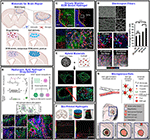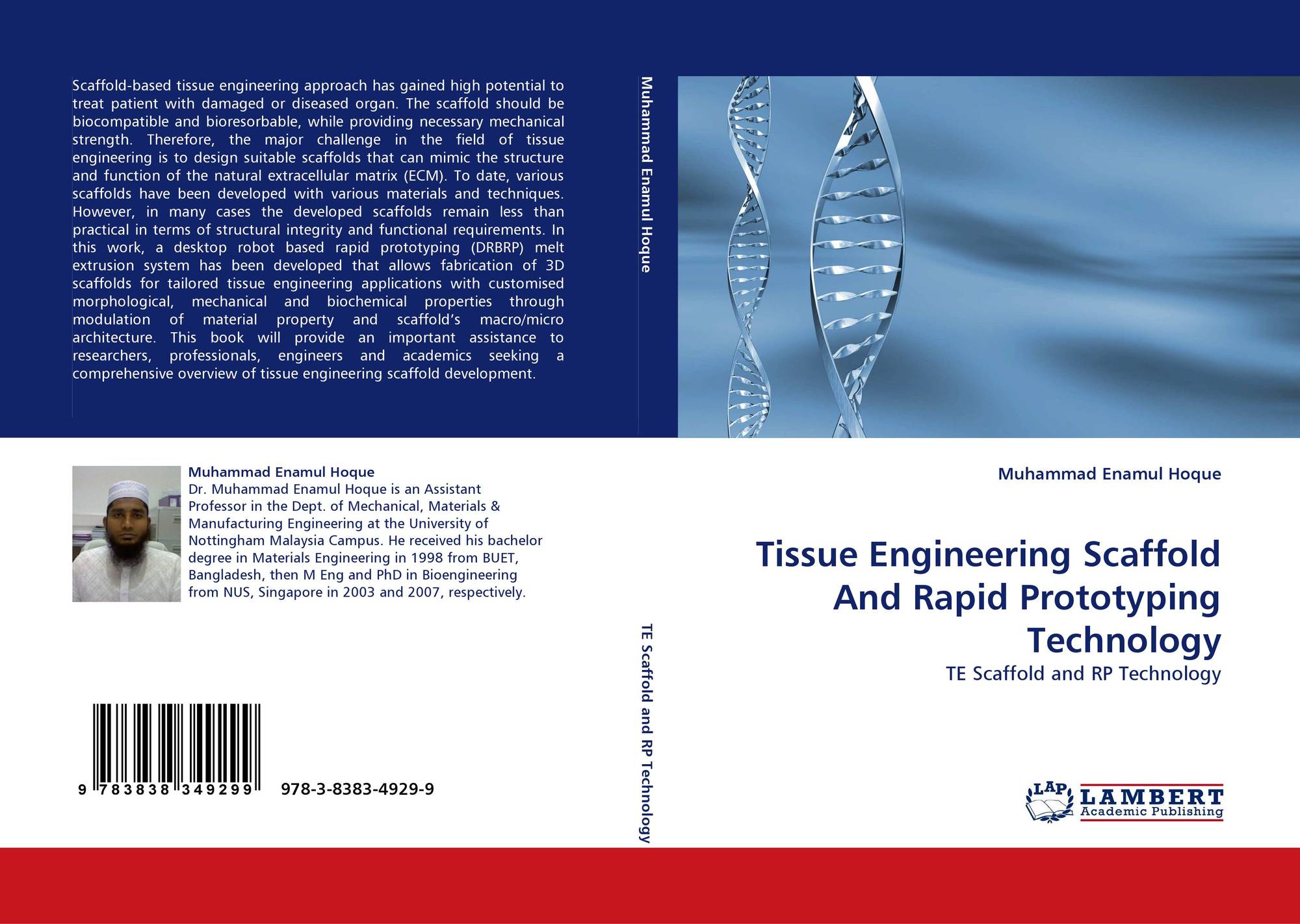

This article reviews six mainstream production process, and several mainstream 3D printing materials, and their respective advantages and disadvantages are listed. Based on 3D printing technology, the reconstruction of bone and cartilage combined with active substances such as cells and growth factors have also become available with more and more materials with good biocompatibility, strong osteoinductivity and stable mechanical properties possibly ( Fig. 1), ,, ]. The bone tissue scaffold prepared by 3D printing technology can restore the original anatomical structure of the patient's wound to the greatest extent and precisely adjust the pore size inside the scaffold, , ]. Finally, the device prepares the bone scaffold by stacking the materials layer by layer according to the layered data.Īt present, the research on the application of 3D printing technology in the treatment of bone defect diseases at home and abroad has achieved good results, , ].
#BIOMEDICAL ENGINEERING TISSUE ENGINEERING SCAFFOLD SOFTWARE#
The process of preparing the bone scaffold is as follows: first, the three-dimensional data of the repair site is obtained by CT scan or magnetic resonance imaging, and then the three-dimensional model is “sliced” with CAD software to obtain the data of each layer and imported into the 3D printing system. It is a new digital molding technology that can accurately and quickly manufactures materials into 1:1 models based on the principle of layered manufacturing and layer by layer superposition.

Its working principle is based on discrete, accumulation molding theory combined with computer-aided design, numerical control technology, biological materials, etc. It is a kind of rapid prototyping technology, also known as additive manufacturing. 3D printing technology was first reported by Emanual Sachs of MIT in 1989. Īs a technology that can prepare bone tissue engineering scaffolds, 3D printing effectively makes up for these deficiencies, and has quickly been widely used in scaffold molding. In recent years, with the in-depth study of bone tissue engineering, the preparation of scaffold materials and their preparation methods have gradually become the focus of research. However, the precise control of the scaffold material and pore structure cannot be achieved, and the structural shape cannot be completely matched with the anatomical structure of the bone defect, so that the preparation of personalized implants cannot be realized.

, although these processes have also achieved satisfactory results. Traditional preparation methods include solution casting/ion washing, in-situ molding, electrospinning, phase separation/lyophilization, gas pore forming, etc. The basic starting point of bone tissue engineering is to achieve bone repair and regeneration using “induced osteogenesis” rather than simply using “crawling replacement”. The proposal of bone tissue engineering provides a new idea for this problem. Compared with other bone sources, autologous bone is the most ideal material for the treatment of bone injury, but the source of autologous bone is limited, and it will cause secondary damage to patients, resulting in poor treatment, which cannot meet clinical needs. Allogeneic bone transplantation and artificial bone transplantation are prone to immune rejection in the above methods. At present, the main methods of bone transplantation include: autologous bone transplantation, allogeneic bone transplantation, xenograft bone transplantation and artificial bone transplantation. Bone defect and osteoarthritis are the main reasons for clinical bone repair and transplantation. Although bone has a strong ability to repair itself, it cannot completely repair large-volume bone defects, nor can it completely repair articular cartilage damage caused by trauma, infection and aging.


 0 kommentar(er)
0 kommentar(er)
